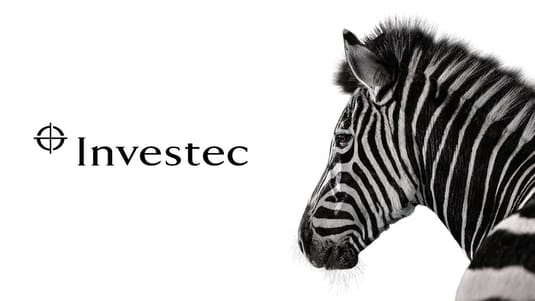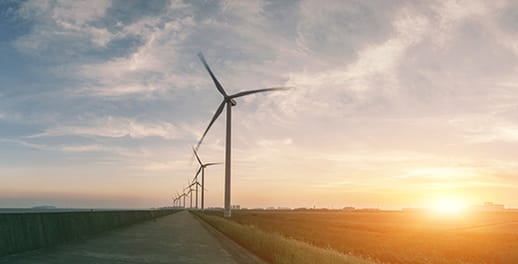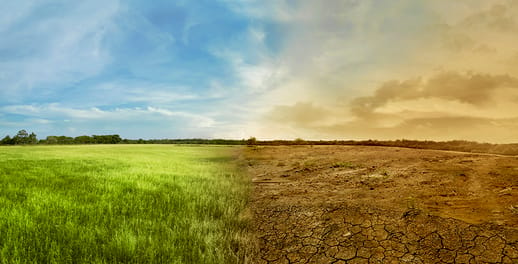Receive Focus insights straight to your inbox
At a recent OECD conference, panellists agreed that the funding shortfall can be solved with private capital. But many of the SDG opportunities are seen as too risky for the returns on offer; a sustainable future for our species hinges on changing this dynamic.
It’s hard for people to care about things that don’t affect them.
Despite centuries of progress, too many humans still suffer needlessly, partly because those with the means to bring relief only have a superficial appreciation of hardcore hardship.
It’s not a matter of whether we have the ability to collaborate to reduce human suffering; the synchronised effort to combat covid-19 is proof that we have the necessary mettle. Rather, it’s a matter of willingness. And that often comes down to incentive.
A funding shortfall that should concern us all
The 17 Sustainability Development Goals (SDGs), crafted and adopted by the United Nations (UN) in 2015, are, at their core, concerned with the amelioration of human suffering.
When the 193 UN members adopted the SDGs, they did so fully aware of the soft deadline set to meet them, a line in the sand that’s colloquially become known as the 2030 Agenda.
It’s a target that’s starting to look farfetched for many adoptees.
Of the estimated $3,9 trillion that needs to be invested annually to achieve the SDGs, only $1,4 trillion is showing face. Compounding the problem, most of the capital raised is being deployed into countries where mobile homes represent poverty; to have real impact, it needs to go where poverty is children without access to clean water.
If the funding shortfall persists – the sustainability argument goes – the plight of those suffering today will become the plight of all, tomorrow.
Sure, that scarlet and pernicious spike protein hasn’t helped things.
But the real culprit for the underwhelming investment is the perceived or real risk of financing high-impact SDG projects. It’s the primary barrier to recruiting the vast quantum of private sector capital needed to reach the aforementioned spending target.
How do we reduce these risks and, in the process, unleash the wave of sustainable development finance needed to make a difference? This was the focal point of a recent OECD event hosted to unpack the insights from a report compiled by the Global Investors for Sustainable Development (GISD).
The experts agree on three fundamental points
Despite their different backgrounds and expertise, the panel assembled for the OECD discussion found consensus around several important issues, namely:
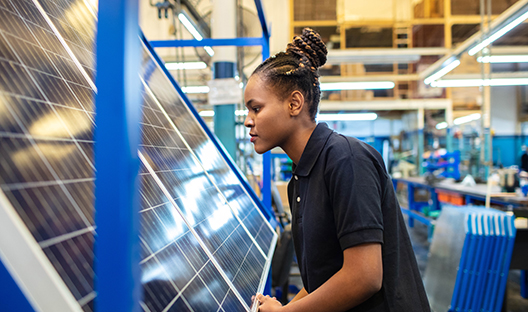
1. The funding isn’t being directed to where it’s needed most
“One US dollar invested in an Indian solar plant delivers five times the impact of the same greenback deployed in France,” says Daniel Hanna, Global Head, Sustainable Finance, Standard Chartered Bank.
Navide Hanif, Director of Financing for the Sustainable Development Office at the UN says:
“It’s the capital-exporting countries that need to think differently. When they talk about ‘Emerging Markets’ (EMs), they only include 20 or so countries in that universe. But there are 91 nations still not receiving the capital they need. Frontier markets (FMs) need the investment most.”
Jay Collins, Vice Chairman, Banking, Capital Markets and Advisory at Citigroup concurs: “Covid-19 has further reduced the funding going into frontier markets. Much of the capital raised for the 2030 Agenda is not going deep enough to achieve high-impact SDG outcomes.”
READ MORE: Africa’s undervalued shining lights impress the market
What is a Frontier Market?
A frontier market is a low-income, high-growth economy that is considered too small, risky or illiquid to be classified as an emerging market. There are 30 frontier markets identified by the FTSE and these include countries like Bangladesh, Vietnam, Peru, Kenya and Romania.
“Forty-three out of the world’s 50 fastest-growing economies from 2020-2025 are expected to be frontier markets with an average annual GDP growth of 6.9%,” according to East Capital, a US asset manager specialising in emerging and frontier markets.
Frontier markets account for one third of the world’s population (2.2 billion people), but only 3.5% of global GDP and have an equity market capitalisation of only 0.6% of the global total. “The UN forecasts the share of working age population in frontier markets to be 67% in 2030, the same level as today,” according to a UBS Frontier Markets 2020 report.
While the attractive demographic and fast growth rates may be attractive to investors, the total market capitalisation of the MSCI Frontier Markets index amounts to only $118bn, compared to $6.2tn for emerging markets and $44.7tn for developed markets,” says the FT.
2. Trust is crucial to direct private capital into EMs and FMs
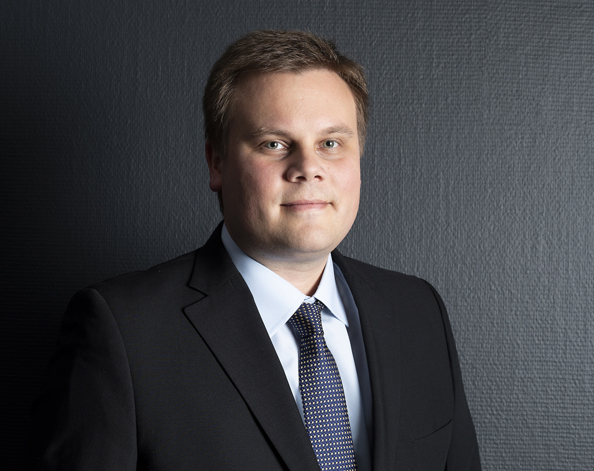
It’s critical to find and develop a pipeline of bankable projects that we can take to potential private investors. Part of this is having certainty around regulatory and policy frameworks, an environment that governments need to cultivate with urgency. We see fantastic projects aligned to the SDGs, but trust is needed to attract financiers.
Robert Patalano, Acting Head of Division, Directorate of Financial Affairs at the OECD expands on what trust in this context entails:
“It’s about building capacity, fostering stable political climates, and facilitating open engagement between politicians and foreign capital.”
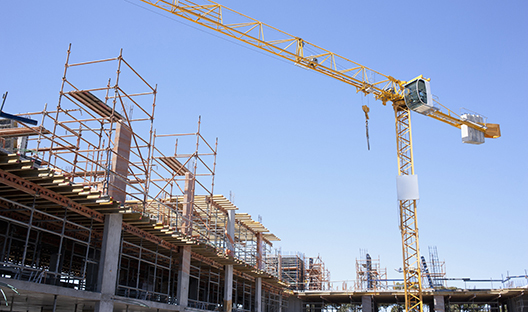
3. Scalability of projects in EMs and FMs is important to de-risk investment
Collins says, “We must blend public and private capital to fundamentally change the risk-return dynamics of previously uninvestable projects. But even with a large funding pool, it’ll be difficult to put the money to work without a supply of bankable deals. We must partner with local and development banks who understand the SDGs to populate a pipeline of bankable projects.”
“Governments need to play their part in de-risking these opportunities. They can help with issues like currency convertibility and providing guarantees when engaging with utilities that have sub-par credit worthiness. Then, make sure that investors can see a direct link between projects and how they contribute to the SDGs,” adds Wepener.
Hanif comments, “Don’t underestimate the value of incentives and predictable regulation. We should focus on 10-15 countries that have the ability to absorb these investments at scale.”
Hanna adds, “Governments must better articulate how their expenditure advances the SDGs. Be innovative in structuring the projects so that investors can easily see the value.
"For example, blend concessional and commercial capital to make initially unattractive sustainable development opportunities investable for private capital.”
One way to structure deals that’ll improve the risk return dynamics of these investment opportunities, garnering private capital interest in the process, is through the use of blended finance, an approach wholly endorsed by the panel.
What is blended finance?
Blended finance is a model for the use of capital from a government or philanthropic entity to catalyse private sector investment that would otherwise have sat on the sidelines.
In the context of sustainable development, blended finance has three defining characteristics. First, it must be deployed to further the 2030 Agenda. Second, the parties to a blended finance deal will have differing investment return expectations. And third, the participation of public or philanthropic entities must catalyse private capital investment, i.e., the private sector would have passed-over the opportunity without their involvement.
Of the current $2,5 trillion shortfall in annual SDG spending, 40% is needed for infrastructure development.
So, let’s look at a hypothetical example of how Mr Wepener’s team at Investec might use a blended finance approach to develop a wastewater treatment plant in the Alfred Nzo municipality in the Eastern Cape.
Such a project would promote good health and wellbeing (Goal 3), bolster access to water and sanitation (Goal 6), generate economic growth and provide decent work (Goal 8), and build resilient infrastructure (Goal 9) – the latter three goals make up half of the six that Investec has chosen to champion.
But with our government fiscus begging for austerity, the project would need private capital to break ground.
Investec takes the deal to its network of private investors. They love the concept, but they also see execution risk, political risk, economic risk, and civil disturbances. They see better expected returns elsewhere. They say thanks…but we’re good.
A blended finance approach can help to change their minds by reducing both the perceived and real risks, as well as to improve the expected returns on the investment. This can be achieved in one of four ways (definitions adapted from Convergence):
Blended Finance | Four possible options
1. Concessional capital
Public or philanthropic entities agree to provide loans, deployed in parallel to private capital, with below market interest rates.
Outcome: this structure lowers the overall cost of capital for the wastewater treatment project, reducing the risk of default, all the while allowing private investors to earn a market-related return on their loans.
2. Guarantee/risk insurance
Public or philanthropic entities agree to make good on private debt obligations in the case of non-payment or to reimburse private equity funders for any loss in asset value.
Outcome: private investors extending debt or equity finance have an element of downside protection if something goes wrong with the wastewater treatment project.
3. Technical assistance funds
A grant is provided to strengthen the commercial viability of a project and its impact, either before, during, or after the period of investment.
Outcome: the preparation of the wastewater treatment project is precise; the technical know-how for project implementation is strengthened, and the skills development and capacity-building funded by the grant creates enduring impact.
4. Design-stage funding
Grants are used to generate a pipeline of feasible and viable sustainable development projects.
Outcome: private capital considering the wastewater treatment opportunity will have access to existing feasibility studies and proof of concept designs, as well as the ability to compare the project to other similar SDG projects-in-waiting.
With one or more of these in place, investing in the wastewater treatment plant suddenly looks much less risky and/or more attractive.
Let’s blend and be willing
Green bond issuance hit record highs in 2020, and it’s expected to be explosive 2021. Woman’s bonds are funding the growth of female-owned businesses in Asia. Blue bonds are being issued to protect the oceans and build offshore wind farms.
The World Bank Group has rallied its resources to unlock private investment in emerging market solar power.
Ghana has chosen to integrate the SDGs into their budget.
A coalition of private and public organisations have launched the SDG500, an investment platform looking to raise and deploy $500 million of SDG finance into hundreds of businesses across emerging and frontier markets.
These are just some of the examples that show we have the ability to affect the change needed to arrive in more sustainable 2030. But we need scale.
Public, philanthropic, and private capital must ‘blend’ to tangibly improve the risk/return characteristics of meaningful SDG investment opportunities that have, up until now, been shunned. Governments, too, must hasten to craft an environment in which these projects can build a head of steam.
Cultivating a willingness to invest is necessary to alleviate the suffering of others and possibly that of our children.

